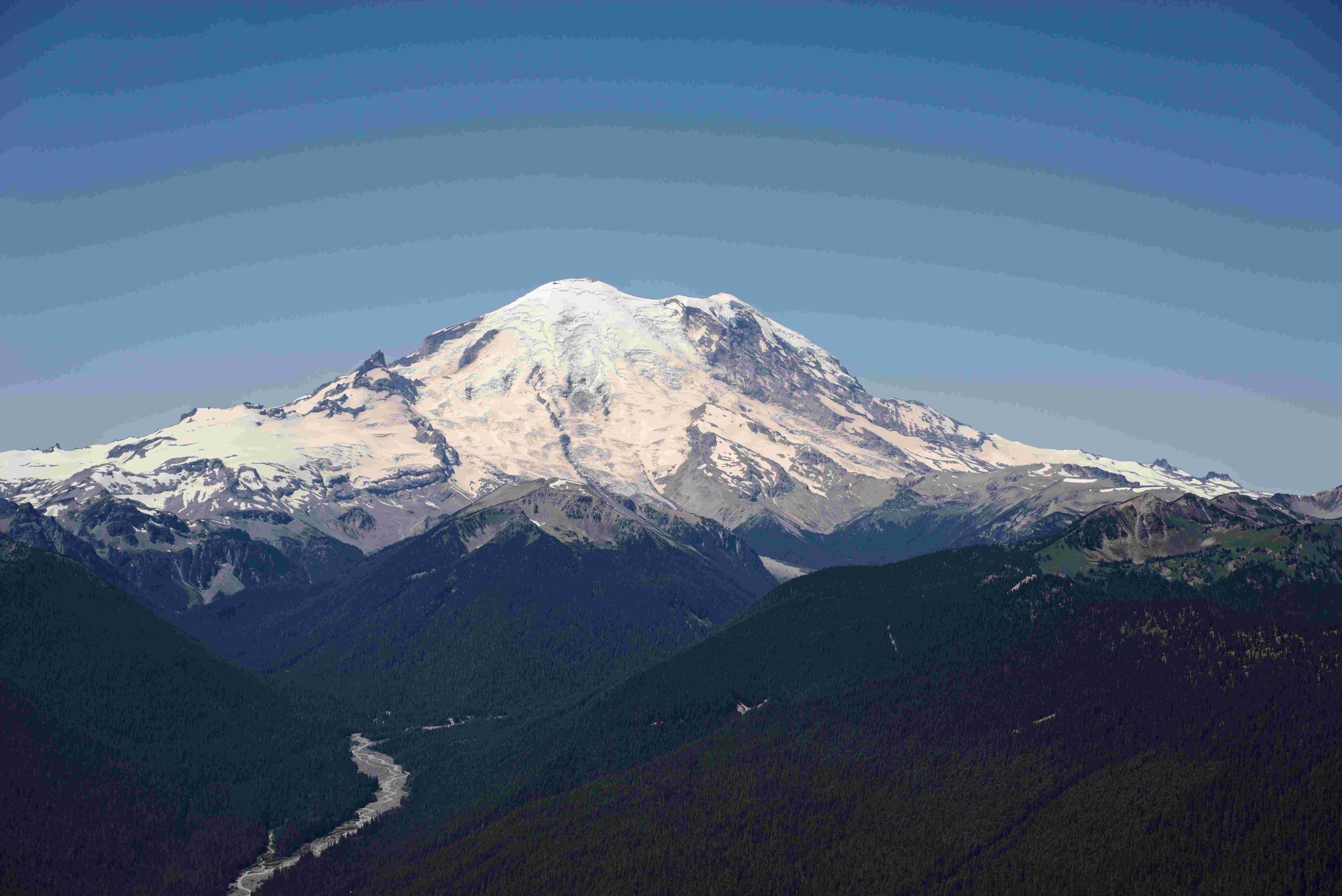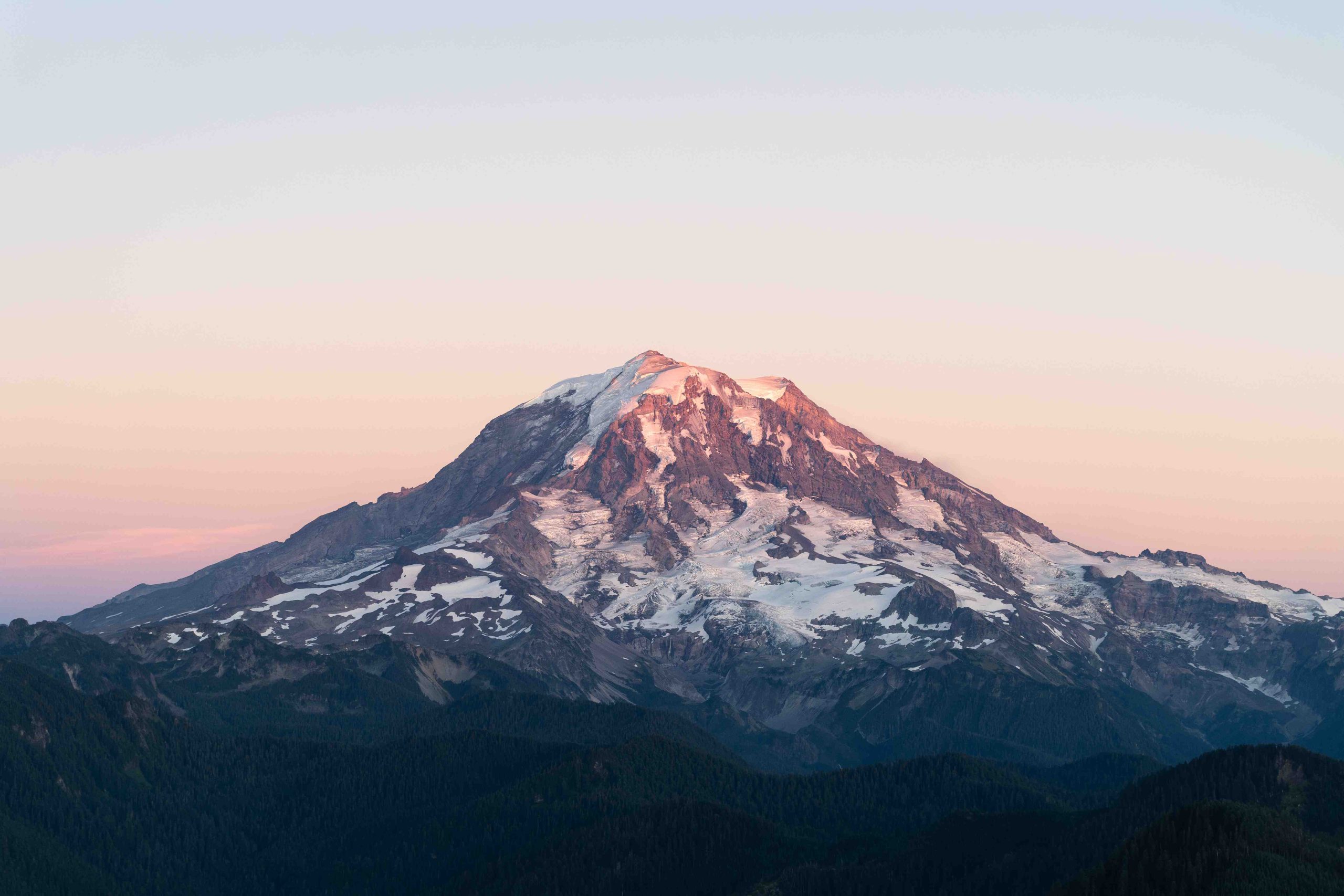Mount Rainier National Park offers an unparalleled experience for nature enthusiasts, hikers, and photographers. With its towering peak, diverse ecosystems, and breathtaking landscapes, Mount Rainier provides visitors with a unique opportunity to explore one of America’s most iconic natural wonders. This guide covers the best hiking trails, wildlife viewing opportunities, scenic drives, and photography spots to help you make the most of your Mount Rainier experience.
What Are the Top-Rated Hiking Trails at Mount Rainier?

Mount Rainier boasts an extensive network of hiking trails suitable for various skill levels. Here are some of the most popular and rewarding trails:
-
Skyline Loop Trail
-
Length: 6 miles
-
Elevation Gain: 1,800 ft
-
Difficulty: Hard
-
Trailhead: Paradise
-
Best Time: Summer and early fall
The Skyline Loop Trail offers breathtaking panoramic views of Mount Rainier and surrounding wildflower meadows. This challenging hike rewards visitors with stunning vistas and diverse alpine scenery.
-
Naches Peak Loop Trail
-
Length: 3.3 miles
-
Elevation Gain: 600 ft
-
Difficulty: Moderate
-
Trailhead: Sunrise
-
Best Time: Summer and early fall
This moderate loop trail provides spectacular views of Mount Rainier, especially during sunrise or sunset. The trail winds through subalpine meadows and offers glimpses of pristine alpine lakes.
-
Bench and Snow Lake Trail
-
Length: 2.4 miles
-
Elevation Gain: 600 ft
-
Difficulty: Moderate
-
Trailhead: Paradise
-
Best Time: Summer and early fall
This trail leads to two serene alpine lakes that offer stunning reflections of Mount Rainier. It’s an excellent option for those seeking a quieter hiking experience away from the crowds.
-
Pinnacle Peak Trail
-
Length: 2.6-3 miles
-
Elevation Gain: 1,000-1,423 ft
-
Difficulty: Moderate
-
Trailhead: Reflection Lake, Paradise
-
Best Time: Summer and early fall
The Pinnacle Peak Trail offers one of the best viewpoints of Mount Rainier’s south face and surrounding mountains. The steep and narrow trail can be challenging but rewards hikers with unparalleled vistas.
-
Mount Fremont Lookout Trail
-
Length: 5.7 miles
-
Elevation Gain: 1,118 ft
-
Difficulty: Moderate
-
Trailhead: Sunrise
-
Best Time: Summer and early fall
This trail leads to a historic fire lookout with panoramic views of Mount Rainier and the surrounding Cascade Range. The hike offers a unique perspective on the park’s diverse landscapes.
Where Are the Best Wildlife Viewing Opportunities?

Mount Rainier National Park is home to a diverse array of wildlife. Here are some of the best locations and tips for wildlife viewing:
Best Locations
-
Paradise Valley
: Known for marmot sightings, especially on trails like the Alta Vista Trail and Pinnacle Peak Trail.
-
Sunrise Area
: Good for spotting mountain goats, black bears, and various bird species.
-
Ohanapecosh Area
: Home to old-growth forests and smaller wildlife like squirrels and birds.
Peak Seasons for Animal Sightings
-
Summer
: Best time to see marmots, mountain goats, and black bears as they are more active during warmer months.
-
Early Fall
: Still a good time to spot wildlife before the winter snow sets in.
Wildlife Viewing Guidelines
-
Keep a safe distance from animals
-
Do not feed wildlife
-
Stay on designated trails
-
Carry bear spray in bear country
-
Use binoculars for better viewing without disturbing animals
What Are the Most Scenic Drives within Mount Rainier National Park?
Exploring Mount Rainier by car offers a different perspective on the park’s beauty. Here are some of the most scenic drives:
-
Paradise Valley Road
-
Key Viewpoints: Paradise Visitor Center, Reflection Lakes, Paradise Valley meadows
-
Road Conditions: Well-maintained, but can be closed due to snow in winter
-
Estimated Travel Time: About 1 hour from park entrance to Paradise Visitor Center
-
Best Features: Stunning views of Mount Rainier and wildflower meadows
-
Sunrise Road
-
Key Viewpoints: Sunrise Visitor Center, Tipsoo Lake, surrounding meadows
-
Road Conditions: Closed in winter, typically opens late June or early July
-
Estimated Travel Time: About 1.5 hours from park entrance to Sunrise Visitor Center
-
Best Features: Panoramic views of Mount Rainier and the Cascades, especially at sunrise and sunset
-
Stevens Canyon Road
-
Key Viewpoints: Ohanapecosh Visitor Center, Silver Falls, Box Canyon
-
Road Conditions: Generally open year-round, may have restrictions during heavy snow
-
Estimated Travel Time: About 1 hour from park entrance to Ohanapecosh Visitor Center
-
Best Features: Scenic views of the Ohanapecosh River and old-growth forests
What Are the Best Photography Spots at Mount Rainier?
Mount Rainier offers countless opportunities for stunning photography. Here are some of the most popular spots:
-
Reflection Lakes
-
Location: Paradise Valley
-
Best Time: Early morning or late afternoon for reflections of Mount Rainier
-
Tips: Use a polarizing filter to enhance reflections and reduce glare
-
Tipsoo Lake
-
Location: Sunrise Area
-
Best Time: Sunrise or sunset for optimal light and reflections
-
Tips: Experiment with different compositions, including foreground elements like wildflowers
-
Bench Lake and Snow Lake
-
Location: Paradise Valley
-
Best Time: Early morning or late afternoon for reflections and soft light
-
Tips: Use a tripod for sharp images in low light conditions
Photography Guidelines
-
No specific permits required for general photography
-
Respect closed areas and environmental restrictions
-
Commercial photography may require a permit; check with park authorities
How Can I Make the Most of My Mount Rainier Experience?
To fully experience Mount Rainier, consider the following tips:
-
Plan your visit
: Research trails, weather conditions, and park regulations before your trip.
-
Start early
: Popular trails and parking areas can get crowded, especially during peak season.
-
Be prepared
: Bring appropriate gear, including sturdy hiking boots, layers of clothing, and plenty of water.
-
Stay informed
: Check with park rangers for current conditions and any trail closures.
-
Leave No Trace
: Practice responsible tourism by packing out all trash and staying on designated trails.
-
Capture memories
: Bring a camera to document your experience, but remember to also take time to enjoy the moment.
-
Explore different areas
: Visit both Paradise and Sunrise areas to experience different perspectives of the mountain.
-
Consider guided tours
: Join ranger-led programs or guided hikes to learn more about the park’s ecology and history.
By following these tips and exploring the various hiking trails, wildlife viewing opportunities, scenic drives, and photography spots, you’ll be well-equipped to have an unforgettable experience at Mount Rainier National Park.
References:

